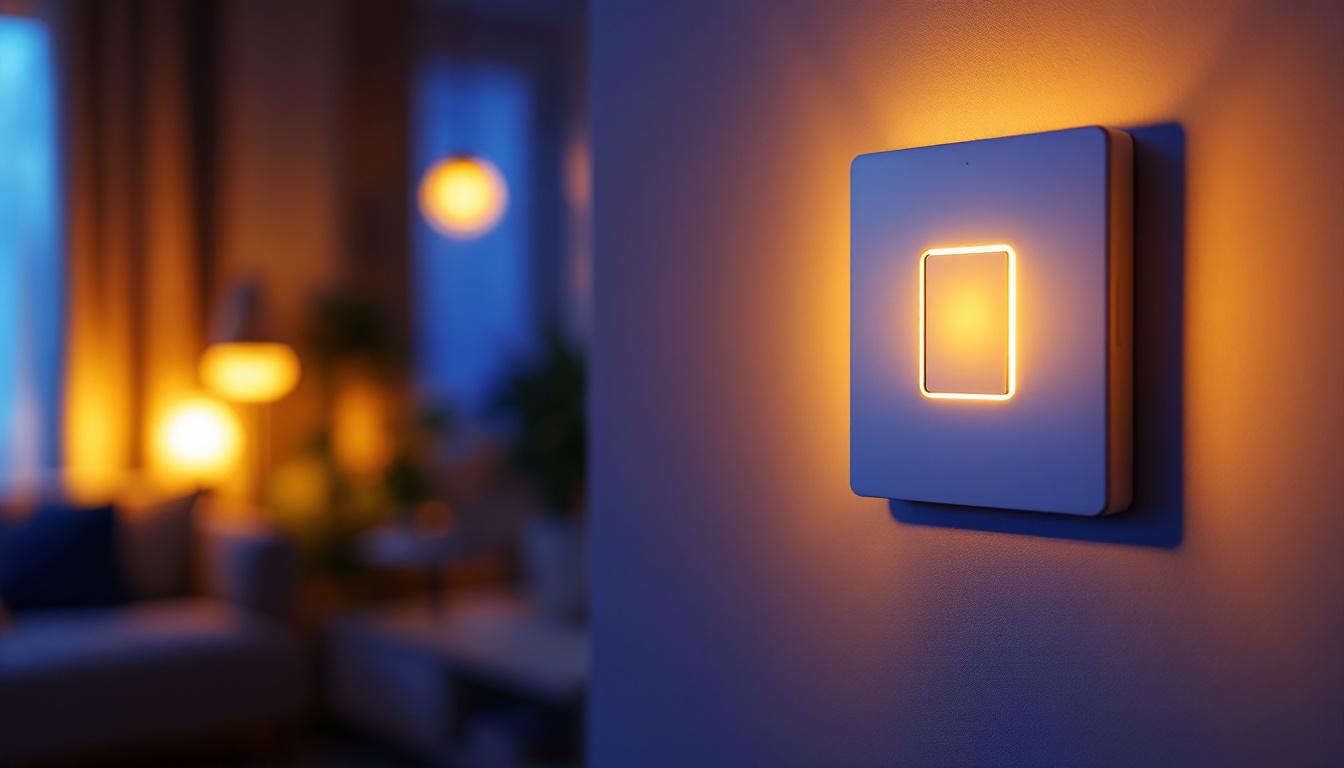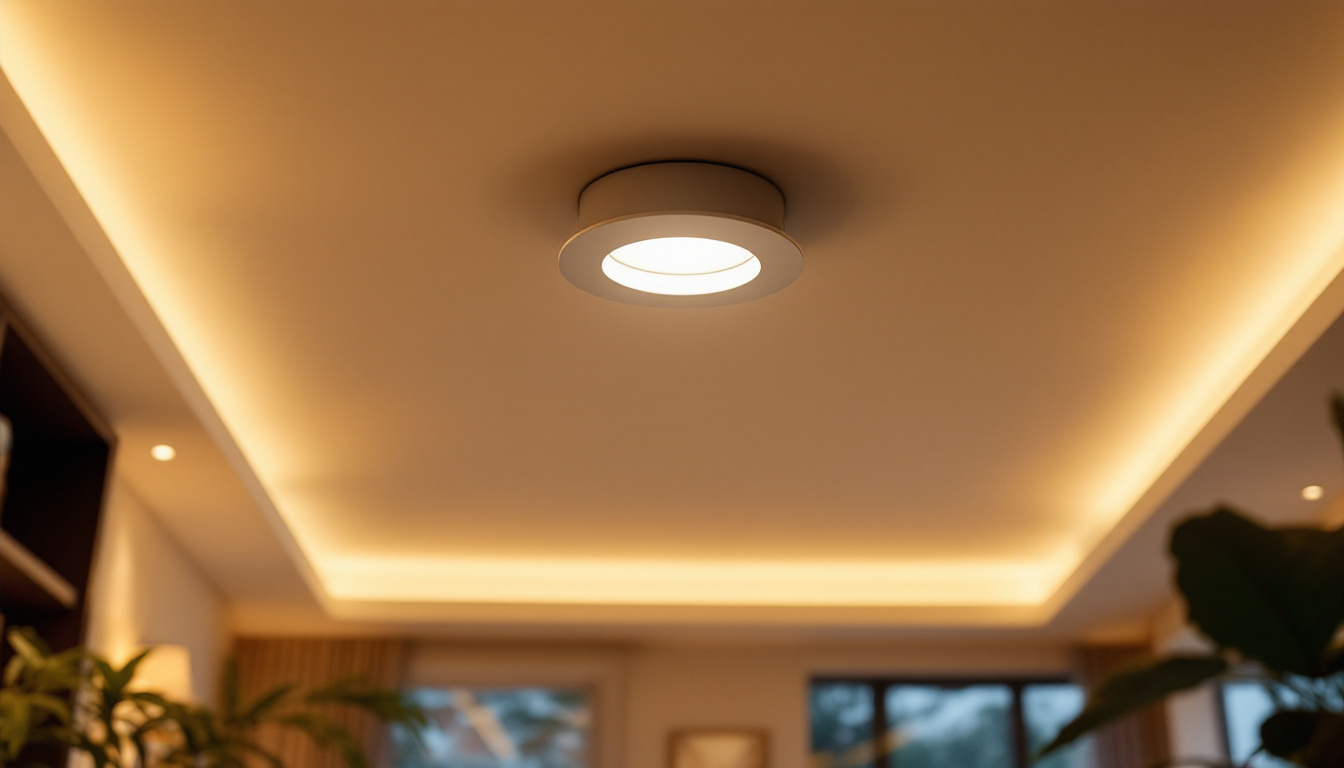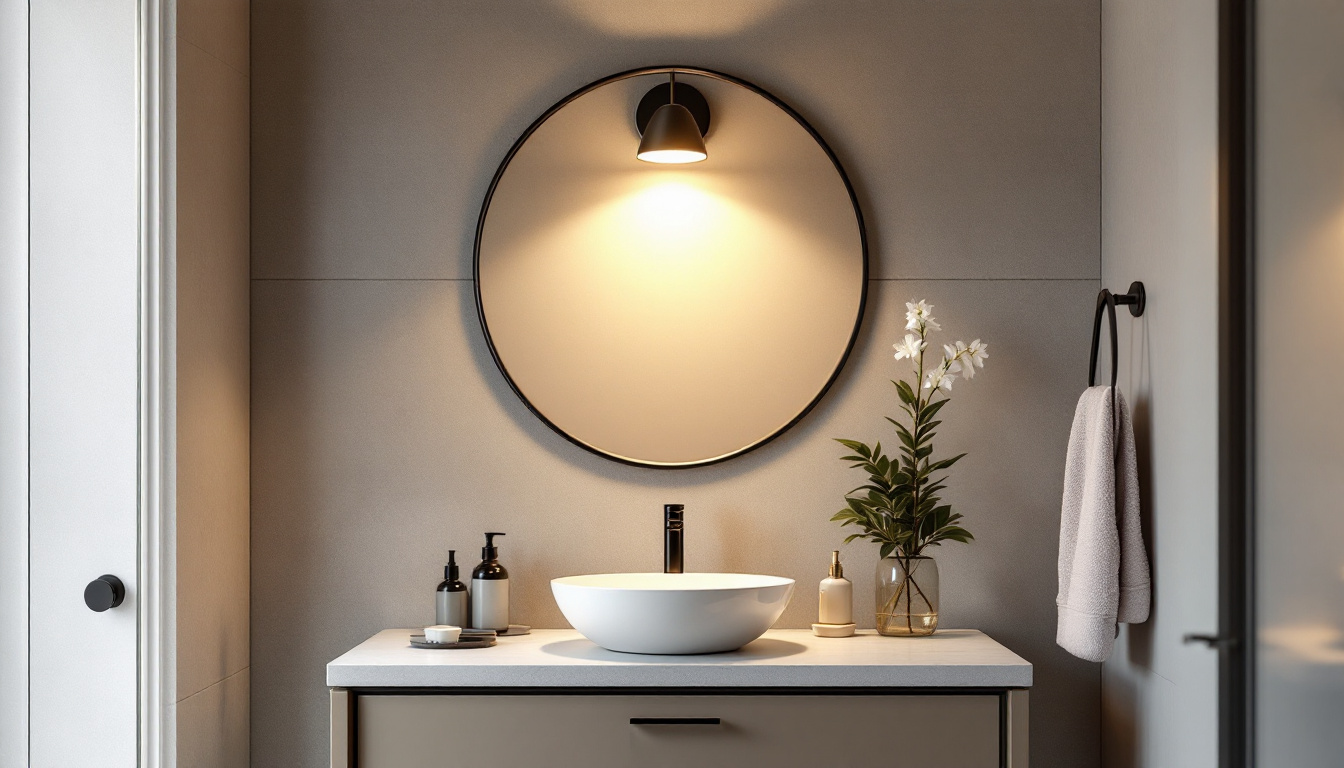
In the rapidly evolving world of home automation, lighting contractors play a crucial role in integrating smart technologies into residential spaces. Home automation light switches are at the forefront of this transformation, offering homeowners convenience, energy efficiency, and enhanced control over their lighting systems. For lighting contractors, understanding the intricacies of these devices can set them apart in a competitive market. This article provides key tips to help lighting contractors navigate the complexities of home automation light switches.
Home automation light switches are more than just traditional switches; they are sophisticated devices that allow users to control their lighting through various means, such as mobile apps, voice commands, or automated schedules. These switches can be integrated with other smart devices, creating a cohesive smart home ecosystem. This integration not only enhances convenience but also contributes to energy efficiency and security, as homeowners can program their lighting to mimic their presence at home, deterring potential intruders.
To effectively install and recommend these switches, contractors must have a solid understanding of their features and functionalities. This includes knowledge of different types of switches, such as dimmer switches, motion sensors, and smart switches that connect to Wi-Fi or Bluetooth. Additionally, staying updated on the latest technological advancements in home automation is crucial, as new features and integrations are continually being developed, providing even more options for customization and control.
There are several types of home automation light switches available on the market, each with unique features and benefits. Understanding these types can help contractors make informed recommendations to their clients. With the rise of smart home technology, these switches not only serve practical purposes but also enhance the overall aesthetic of a home, offering sleek designs that blend seamlessly with modern interiors.
When selecting home automation light switches, several key features should be considered to ensure compatibility and functionality:
Additionally, many modern home automation light switches come equipped with customizable settings that allow users to create specific lighting scenes for different activities, such as movie nights or dinner parties. This level of personalization not only enhances the user experience but also promotes a more enjoyable and functional living environment. As technology continues to evolve, the potential for innovation in home automation lighting is boundless, promising even more exciting developments in the near future.
Proper installation of home automation light switches is essential for optimal performance and customer satisfaction. Lighting contractors should adhere to best practices to ensure a seamless installation process.
Before commencing installation, contractors should conduct a thorough assessment of the installation site. This includes evaluating existing wiring, determining the best location for the switches, and ensuring that the home’s Wi-Fi signal is strong enough to support smart devices.
It is also crucial to communicate with clients about their preferences and any specific requirements they may have. Understanding the homeowner’s lifestyle and how they intend to use the lighting system can provide valuable insights for the installation process.
Adhering to local electrical codes and regulations is paramount during installation. Lighting contractors should be familiar with these codes to ensure safety and compliance. This includes understanding load capacities, grounding requirements, and the proper use of junction boxes.
Using the correct tools and techniques during installation can prevent potential hazards and ensure the longevity of the lighting system. It is advisable to double-check all connections and test the system before finalizing the installation.
Once the installation is complete, thorough testing is essential. This involves checking the functionality of the switches, ensuring that they respond correctly to app commands and voice controls. Calibration may also be necessary to optimize performance, particularly for dimmers and motion sensors.
Providing clients with a demonstration of how to use their new system can enhance their experience and satisfaction. Offering guidance on app usage, scheduling, and troubleshooting can empower homeowners to make the most of their home automation features.
As lighting contractors, educating clients about the benefits and functionalities of home automation light switches can enhance their overall experience. Homeowners may be unfamiliar with smart technologies, and providing clear, concise information can help them understand the value of their investment.
One of the most significant advantages of home automation light switches is their potential for energy savings. By educating clients on how to use scheduling and dimming features, contractors can help them reduce their energy consumption and lower utility bills.
Discussing the environmental benefits of energy-efficient lighting can also resonate with eco-conscious homeowners. Emphasizing the role of smart lighting in reducing carbon footprints can make a compelling case for investing in home automation technologies.
Home automation light switches offer unparalleled convenience, allowing homeowners to control their lighting from anywhere. Demonstrating features such as remote access and voice control can showcase the ease of use these devices provide.
Encouraging clients to explore automation scenarios, such as setting up routines for different times of the day or integrating lighting with security systems, can enhance their overall experience. This not only adds value to the installation but also fosters a deeper understanding of the technology.
The field of home automation is constantly evolving, with new technologies and trends emerging regularly. Lighting contractors must stay informed about these changes to remain competitive and provide the best solutions for their clients.
Subscribing to industry publications, attending trade shows, and participating in online forums can help contractors stay updated on the latest advancements in home automation. Networking with other professionals in the field can also provide valuable insights and tips.
Many manufacturers offer training sessions and webinars that cover new products and installation techniques. Engaging in these opportunities can enhance a contractor’s skill set and knowledge base, ultimately benefiting their clients.
As technology advances, new features and functionalities are continually being introduced to home automation light switches. Contractors should be open to embracing these innovations, whether it’s integrating artificial intelligence for smarter automation or exploring new energy-saving technologies.
By staying ahead of the curve, lighting contractors can offer cutting-edge solutions that meet the evolving needs of homeowners. This not only establishes credibility but also positions contractors as industry leaders.
In a competitive market, providing exceptional customer service can set lighting contractors apart from their peers. Building strong relationships with clients can lead to repeat business and referrals, which are vital for long-term success.
Clear and effective communication is key to ensuring client satisfaction. Keeping clients informed throughout the installation process, addressing their concerns, and being responsive to inquiries can foster trust and confidence.
Providing clients with a comprehensive guide on using their new home automation light switches can also enhance their experience. This guide can include troubleshooting tips, maintenance advice, and contact information for follow-up support.
Offering post-installation support is essential for maintaining client relationships. Contractors should be available to assist with any issues that may arise after the installation, whether it’s troubleshooting connectivity problems or providing guidance on new features.
Regular follow-ups can also demonstrate a commitment to customer satisfaction. Checking in with clients to ensure they are happy with their system can lead to positive reviews and referrals, further enhancing the contractor’s reputation.
Home automation light switches represent a significant advancement in residential lighting, offering homeowners convenience, energy efficiency, and enhanced control. For lighting contractors, understanding the intricacies of these devices, adhering to best installation practices, and providing exceptional customer service are key to thriving in this competitive industry.
By staying informed about trends and technologies, educating clients on the benefits of home automation, and fostering strong relationships, contractors can position themselves as trusted experts in the field. As the demand for smart home solutions continues to grow, embracing these strategies will ensure success in the ever-evolving landscape of home automation.
Ready to elevate your lighting projects with the latest in home automation light switches? Look no further than LumenWholesale for all your lighting needs. Our extensive selection of spec-grade lighting products ensures you have access to the best quality at wholesale prices. Say goodbye to middleman markups and hello to hassle-free bulk buying with free shipping. Equip yourself with reliable, high-performance lighting solutions that meet the highest industry standards. Take the first step towards enhancing your service offerings and delighting your clients. Visit LumenWholesale now for wholesale lighting at the best value.

Discover essential insights into 6-inch recessed lighting with our comprehensive guide tailored for lighting contractors.

Discover the frequent pitfalls lighting contractors encounter when installing washroom vanity lights.

Discover the fascinating history of LED lights and learn how lighting contractors can harness this revolutionary technology to enhance their projects.

Discover why solar-powered flood lights are becoming essential for lighting contractors.